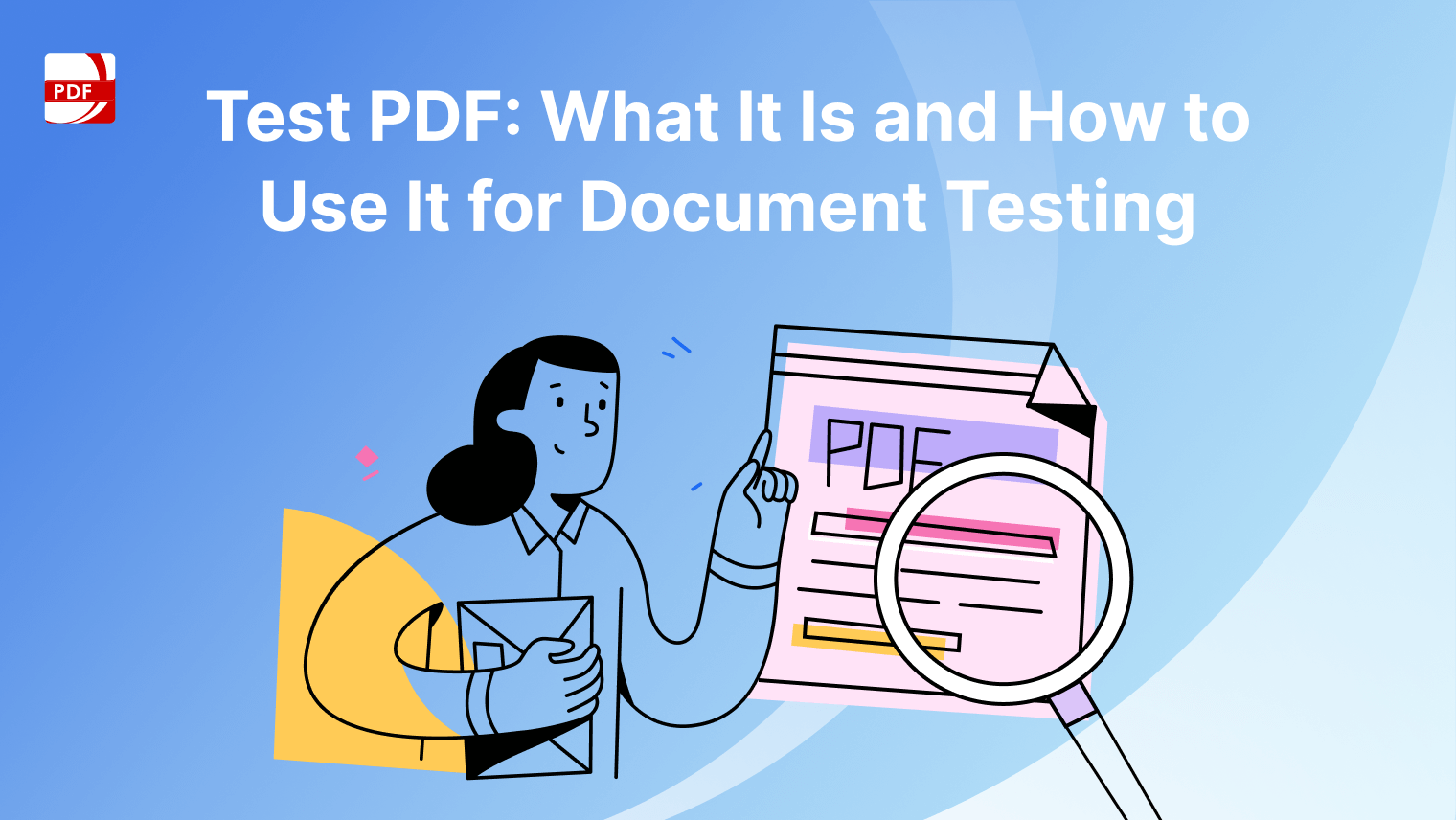As a content team dedicated to exploring the latest trends and innovations in document management, we have conducted extensive research to identify the top players in the industry.
In this case study, we delve into the leading document management companies of 2024, highlighting their key features, innovations, and contributions to the evolving landscape of digital document management.
At the forefront of document management solutions stands PDF Reader Pro, a comprehensive tool that offers unparalleled versatility and functionality.
With its intuitive interface and robust features, PDF Reader Pro allows us to view, edit, annotate, and organize PDF documents with ease. Plus, it has amazing new features like its AI Summary tool and more, which you can use on a credit-based system. 
Its seamless integration with cloud storage services and advanced security features make it a go-to choice for professionals seeking reliable PDF management solutions.
Adobe Acrobat continues to be a powerhouse in the document management arena, offering a wide range of tools for creating, editing, and sharing PDFs.
With its cloud-based services and collaboration features, Adobe Acrobat enables teams to work together seamlessly on documents, enhancing productivity and efficiency.
Its advanced OCR technology and mobile accessibility further solidify its position as a leader in the industry.
Microsoft SharePoint remains a dominant force in document management, providing organizations with a centralized platform for document storage, collaboration, and workflow automation.
With its integration with Microsoft Office applications and powerful search capabilities, SharePoint empowers teams to manage documents effectively and streamline business processes.
Its scalability and customization options make it a versatile solution for businesses of all sizes. You can learn more about printing with Microsoft Office.
Google Workspace, formerly known as G Suite, continues to be a popular choice for document management and collaboration.
With Google Drive at its core, Google Workspace offers seamless integration with other Google applications, allowing users to create, share, and edit documents in real-time.
Its cloud-based nature ensures accessibility from anywhere, while robust security features protect sensitive information.You can learn more about converting files in Google Docs like a pro.
5. Box
Box is a cloud content management platform that caters to businesses of all sizes, offering secure file storage, sharing, and collaboration tools.
With its focus on enterprise-level security and compliance, Box is trusted by organizations in highly regulated industries.
Its user-friendly interface and integration with third-party applications make it a valuable asset for modern businesses looking to streamline their document management processes.
Best Practice for Choosing a Document Management App
Choosing the right document management app is crucial for optimizing your workflow and ensuring efficient collaboration within your team. Here are some best practices to consider when selecting a document management app:
-
Identify Your Needs: Before diving into the sea of options, assess your organization's specific requirements. Consider factors such as the volume of documents you handle, collaboration needs, security concerns, integration with existing tools, and budget constraints.
-
Evaluate Features: Look for essential features such as document storage, file sharing, version control, search functionality, and access controls. Depending on your industry and workflow, you may also need advanced features like OCR (Optical Character Recognition), workflow automation, and digital signatures.
-
Scalability: Choose a document management app that can grow with your business. Ensure that it can handle increasing document volumes and support additional users and features as your organization expands.
-
Security: Security is paramount when dealing with sensitive documents. Opt for a solution that offers robust encryption, access controls, user authentication, and compliance with industry regulations such as GDPR or HIPAA.
-
Integration: Check if the document management app integrates seamlessly with your existing tools and software ecosystem. Integration with productivity suites like Microsoft Office or Google Workspace can enhance your workflow efficiency.
FAQs: Document Management
Our team has compiled some common questions you may have about document accessibility and document management software. Find the answers below.
Why is document management important?
Document management is important for several reasons:
-
- Enhanced organization: It helps keep documents organized and easily accessible, reducing the time spent searching for information.
- Improved collaboration: It enables teams to work together on documents in real-time, regardless of their location, leading to increased productivity.
- Compliance and security: Document management ensures compliance with regulatory requirements and protects sensitive information through access controls and encryption.
- Cost savings: By eliminating the need for paper-based processes and reducing manual tasks, document management can lower operational costs.
What are the key features of a document management system (DMS)?
Key features of a document management system include:
-
- Document storage and retrieval: Ability to store documents in a central repository and retrieve them quickly using search capabilities.
- Version control: Tracking changes made to documents over time and maintaining a history of revisions.
- Access controls: Assigning permissions to users based on their roles and restricting access to sensitive documents.
- Workflow automation: Automating document-centric processes such as approval workflows and notifications.
- Integration: Seamless integration with other business applications and systems to facilitate data exchange and workflow continuity.
How does document management improve efficiency?
Document management improves efficiency by:
-
-
- Streamlining document storage and retrieval processes, reducing the time spent searching for information.
- Facilitating collaboration among team members by providing centralized access to documents and real-time editing capabilities.
- Automating repetitive tasks such as document routing, approval workflows, and notifications, freeing up time for more strategic activities.
- Ensuring compliance with regulatory requirements and company policies, minimizing the risk of non-compliance-related penalties and fines.
-
What are the security measures in place to protect documents in a DMS?
Document management systems employ various security measures to protect documents, including:
-
-
- Access controls: Assigning user permissions based on roles and responsibilities to control who can view, edit, or delete documents.
- Encryption: Encrypting documents both at rest and in transit to prevent unauthorized access and data breaches.
- Audit trails: Maintaining detailed logs of document activities, including views, edits, and downloads, to track user actions and detect unauthorized access.
- Secure authentication: Implementing multi-factor authentication and single sign-on to verify user identities and prevent unauthorized access.
- Data backups: Regularly backing up documents to secure offsite locations to prevent data loss due to hardware failure or cyberattacks.
-
The document management landscape in 2024 is defined by innovation, efficiency, and security. The leading companies mentioned above continue to set the standard for excellence in digital document management, providing organizations with the tools they need to succeed in an increasingly digital world.
As technology evolves and business needs change, these companies remain at the forefront, driving progress and shaping the future of document management.









 Free Download
Free Download  Free Download
Free Download 





 Support Chat
Support Chat